Takato Cherry Blossom Festival 2024 (1)
I visited Takato Castle Ruins Park where the Takato Cherry Blossom Festival is being held. (Hereafter, the name of the park will be abbreviated to Takato Park in this article.)
Takato Park is located in Takato Town, Ina City, Nagano Prefecture, which was formerly a castle town of the Takato clan in the Edo period. (In 2006, Takato Town, Ina City, and Hase Village merged to form Ina City.)
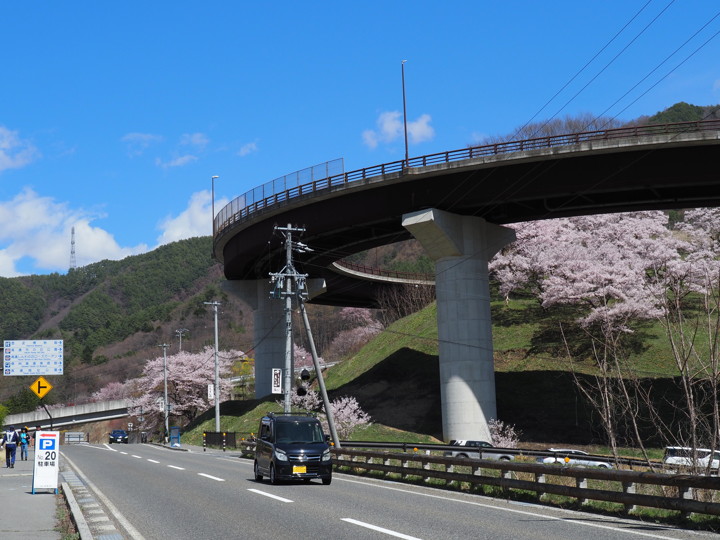
The parking lot on the west side of the park was full, so I parked my car in the parking lot on the north side of the park. The loop bridge in the photo was completed in 2000 and was apparently built to relieve traffic congestion at Takato Park.
I marked the spot where I parked my car with a 'P’. The loop bridge is indicated by an arrow.
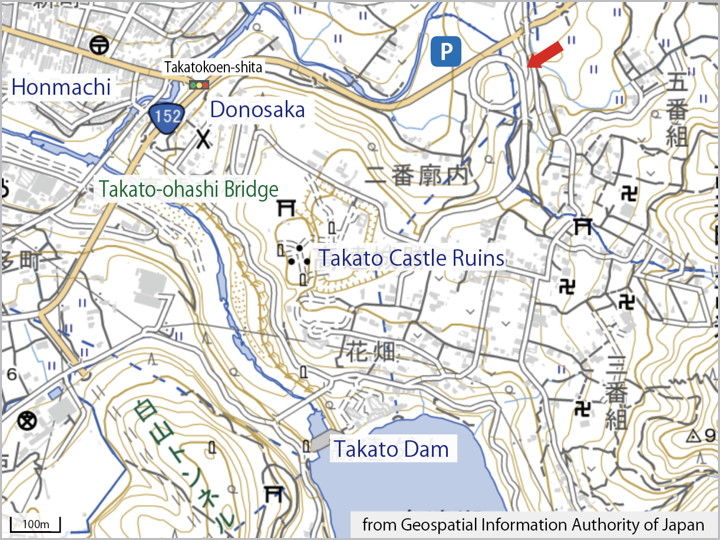
Cars passing on Route 152 enter the park eastward between the traffic light under Takato Park and the Takato Ohashi Bridge and go up to Takato Park, but during the Cherry Blossom Festival, the park area is made one-way. The loop bridge seems to be used as the exit.
I walked to the traffic light named Takato-koen Shita and entered the park by walking up Ote-zaka (near what is written as Donosaka on the map).
Going up to the hill and where the sidewalk meets the roadway, there is an explanatory sign that reads “Ruins of Ote-mon Gate".
When the castle was first built, the Ote-mon gate was located on the east side, but it was moved to the west side in the early Edo period.
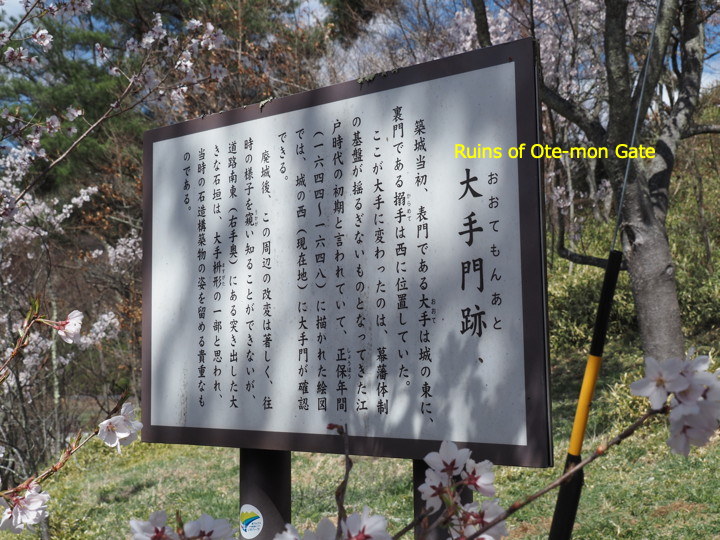
Here is “San-no-maru".
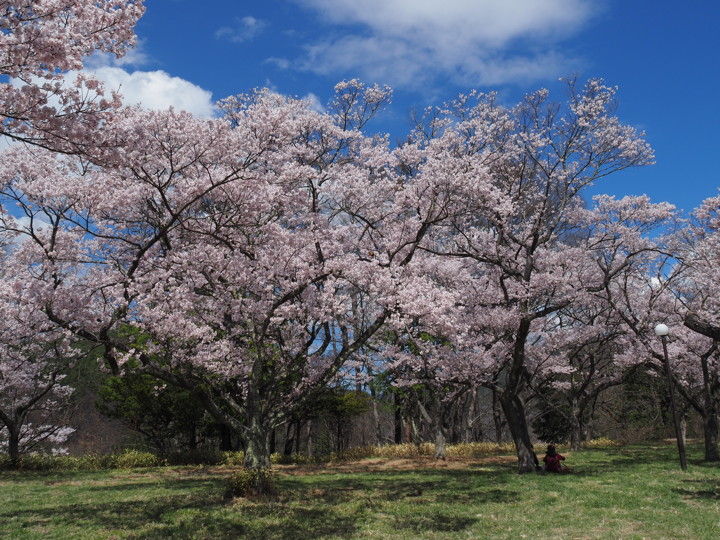
The Takato Kohiganzakura (Rose-bud-Cherry) trees in Takato Park were first transplanted in 1875 by former feudal warriors who were concerned that the ruins of the castle, which was abandoned in the Meiji Era, were falling into disrepair. Currently, there are about 1,500 trees in the park.
There is a stone monument in San-no-maru. It says that this is former the site of Takato High School in Nagano Prefecture.
The stone monument was erected by the high school alumni association in 1985.
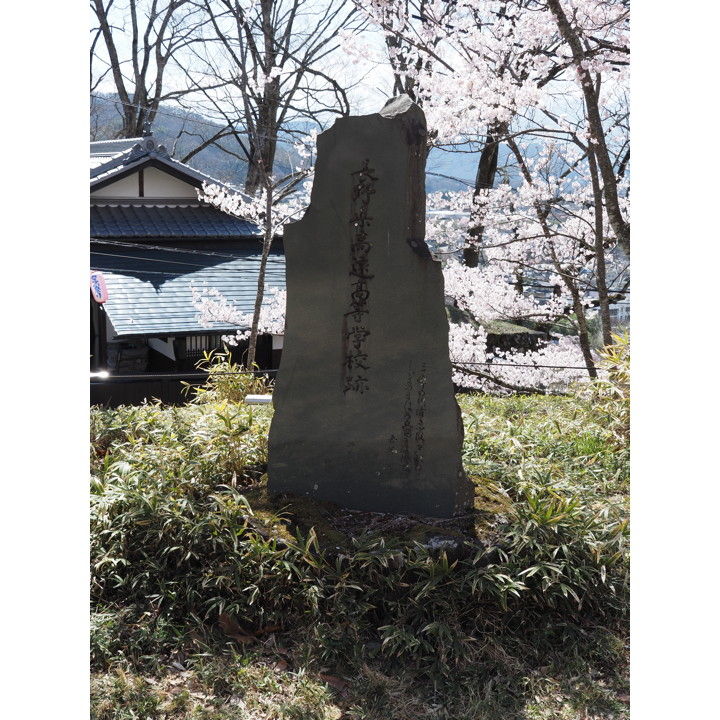
Going further up the hill from San-no-maru.
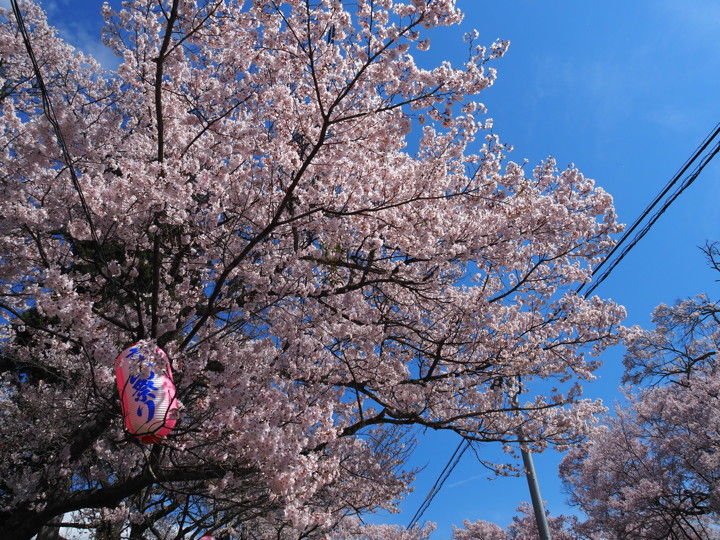
This is the Shintoku-kan, which was a school of the Takato clan. Although I did not enter the building this time, it is open to visitors free of charge.
The school was abolished in 1872 due to the abolition of the domain, but it was used as an elementary school from the following year until 1886.
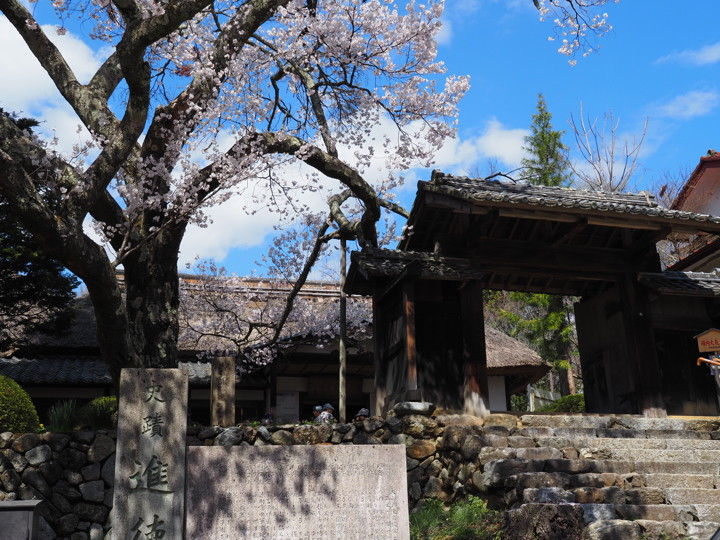
Enter the park from the north gate. The building in front of us is “Takato-kaku". (I will write about this in another article.)
During the Cherry Blossom Festival, we need to pay an admission fee. There is an arrow pointing to the entrance ticket booth. The admission fee is 600 yen from this year.
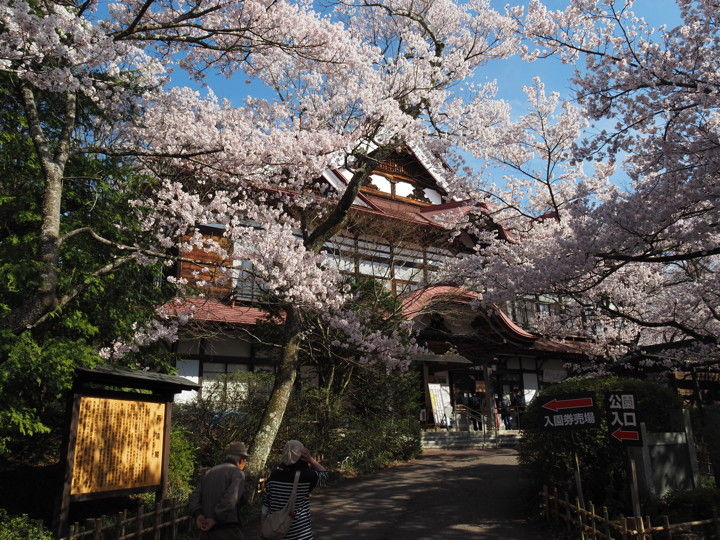
The guide map of the park.
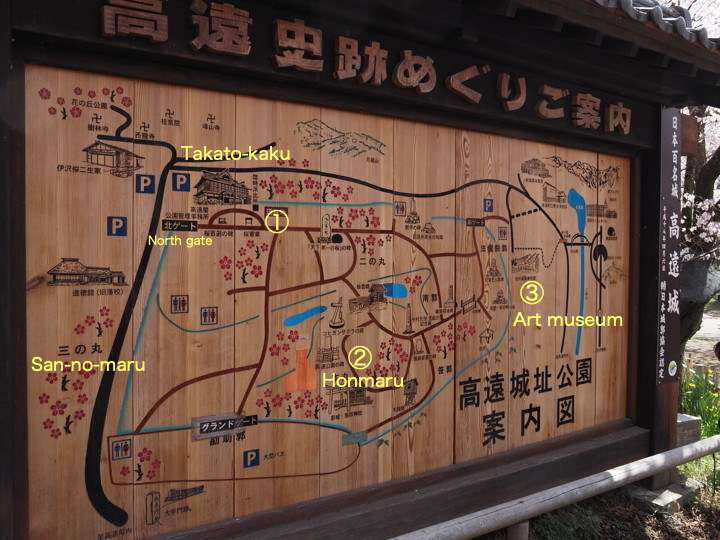
The current location is (1). I don’t think I am physically able to walk all the way, so I plan to visit “Honmaru" (the centre of the castle) (2) first, and then the art museum (3).
Cross the bridge named “Oun-bashi" (Cherry Cloud Bridge) to enter Honmaru. The photo shows the “Ton-ya-mon Gate", which leads into the Honmaru. It is difficult to keep other people out of the picture because of the heavy traffic at the gate. That is why I took this photo looking upward.
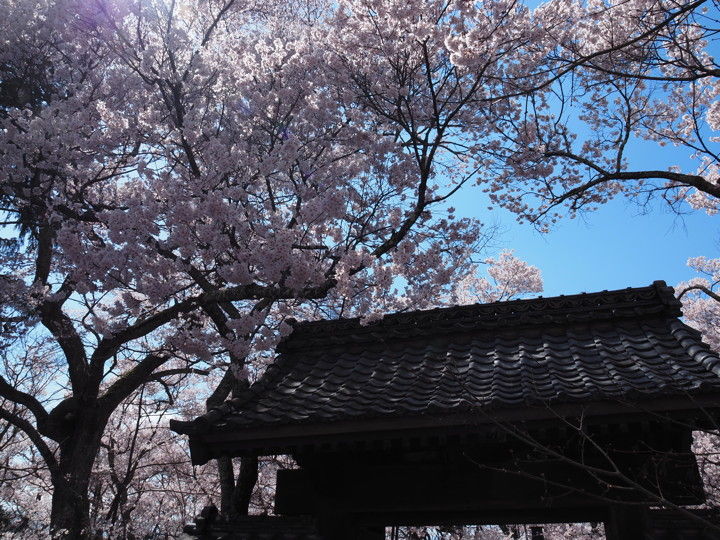
This gate was not originally in the castle, but in the Ton-ya office in Honmachi under Takato Castle (the office that managed the transportation of official luggage and lodging for travelers), and was moved after the World War II when the office was demolished.
There is an explanatory board in Honmaru too.
It says… Takato Castle was built in 1547 by Takeda Shingen, who ordered Yamamoto Kansuke and Akiyama Nobutomo to build it. In 1582, Nishina Morinobu (also called Nobumori), the lord of the castle, was attacked by 53,000 Oda soldiers, and he died in battle with only 3,000 men. After that, the lord of the castle changed to Hoshina and Torii, and the castle was the residence of the Naito clan from 1691 until it was abandoned in the Meiji era (1872).
Nishina Morinobu was the fifth son of Takeda Shingen.
Cherry blossoms in Honmaru.
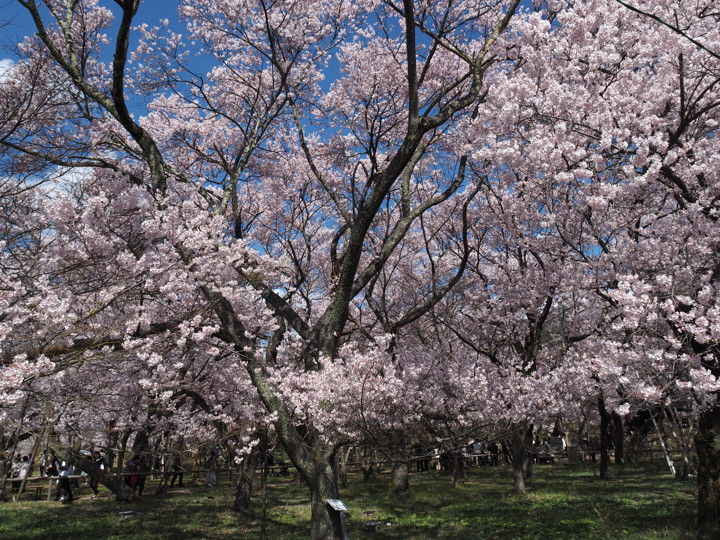
The drum tower. This was built in the Meiji era.
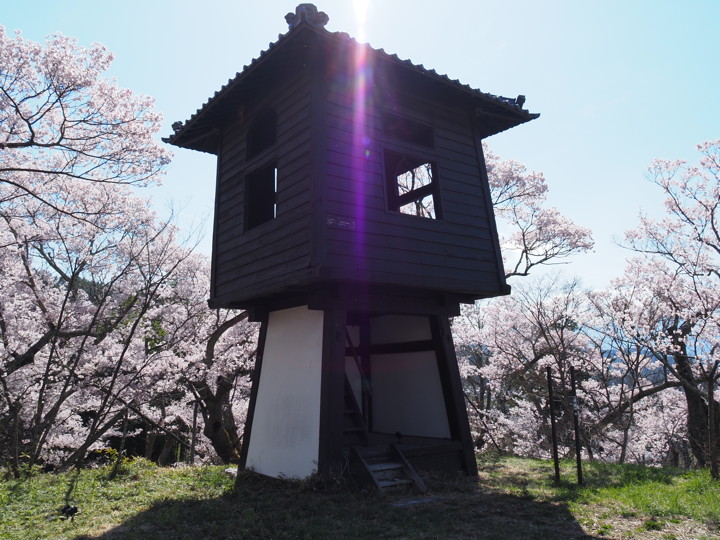
The Shinjo-Fujiwara Shrine is located on Honmaru.
The Shinjo Shrine enshrines Nishina Morinobu, and the Fujiwara Shrine enshrines Fujiwara Kamatari, the founder of the Fujiwara clan, the roots of the Naito clan, the feudal lord of Takato.
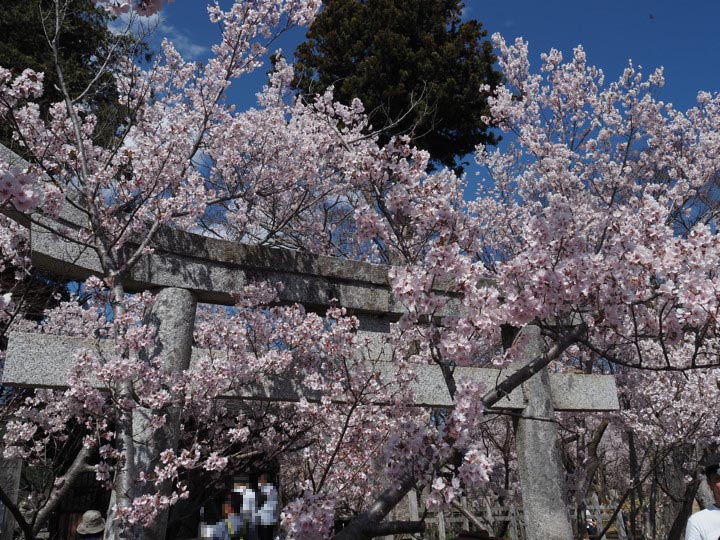
The Monument of Takato Park is located on the north side of Honmaru.
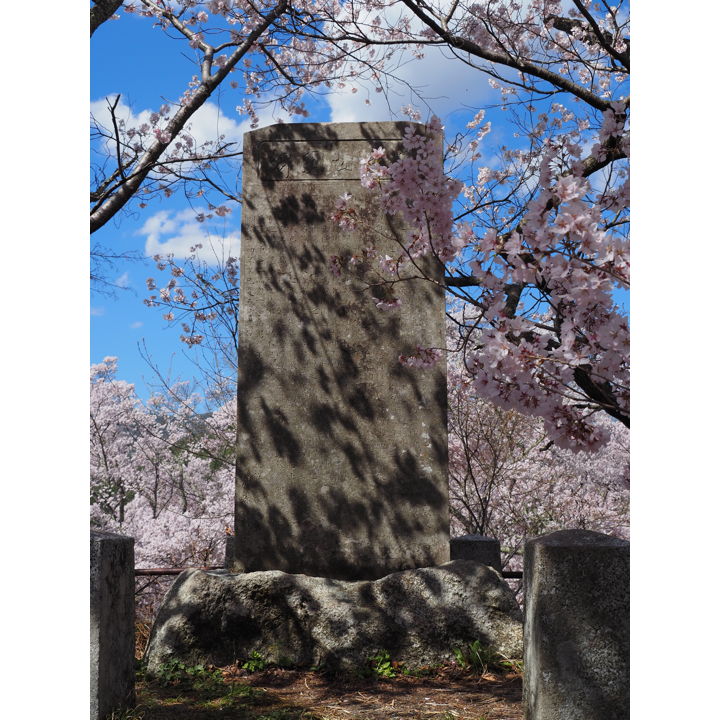
It was erected in 1881 and describes in classical Chinese the history of the park until it became a park based on geographical and historical considerations. (… the explanatory board said. I did not read the stone monument itself.)
There was also a folding screen like this in Honmaru. It is not a real folding screen, but a panel made to look like a folding screen.
This is the panel made from the right-hand screen of the folding screen “Takato Machi-zu Shinkei" painted by Ikegami Shiho, a native of Takato. This year is the 150th anniversary of Ikegami Shuho’s birth.
The original folding screen was painted in 1894.
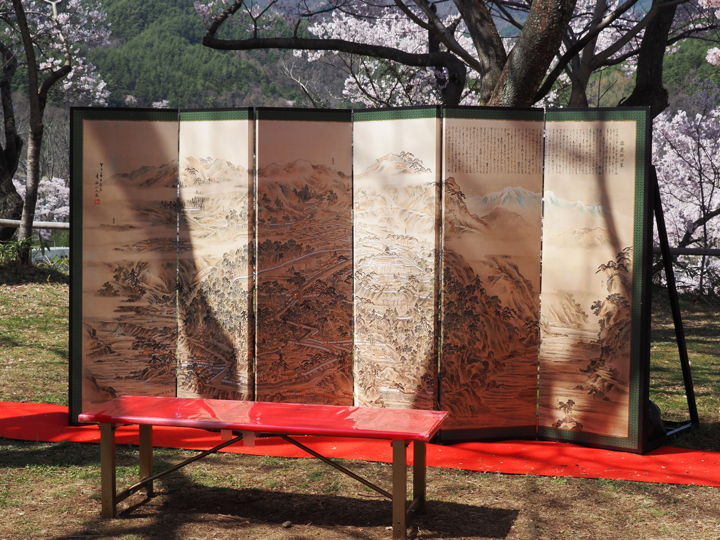
An exhibition of Ikegami Shuho’s work is currently being held at the Shinshu Takato Museum of Art. (March 2 – May 19, 2024)
Heading south from Honmaru. Here is “Minami-guruwa".
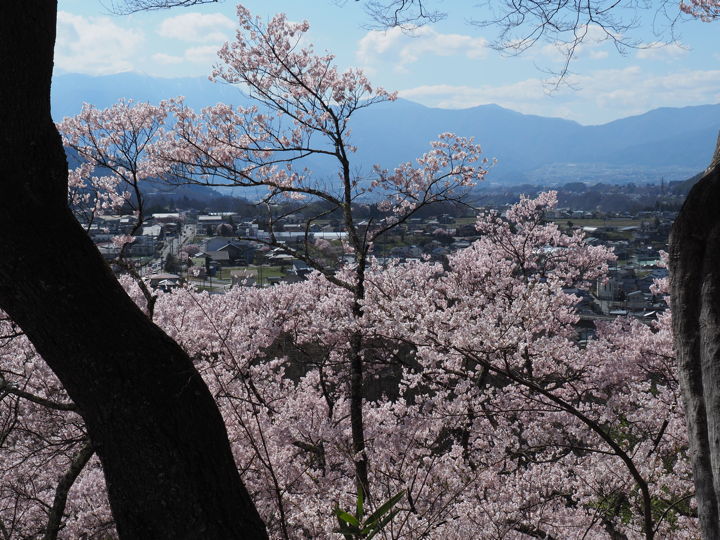
Beyond the cherry blossoms, the townscape and the Kiso Mountains can be seen.
(to be continued)
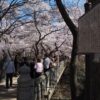
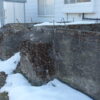
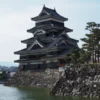
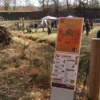
Discussion
New Comments
No comments yet. Be the first one!